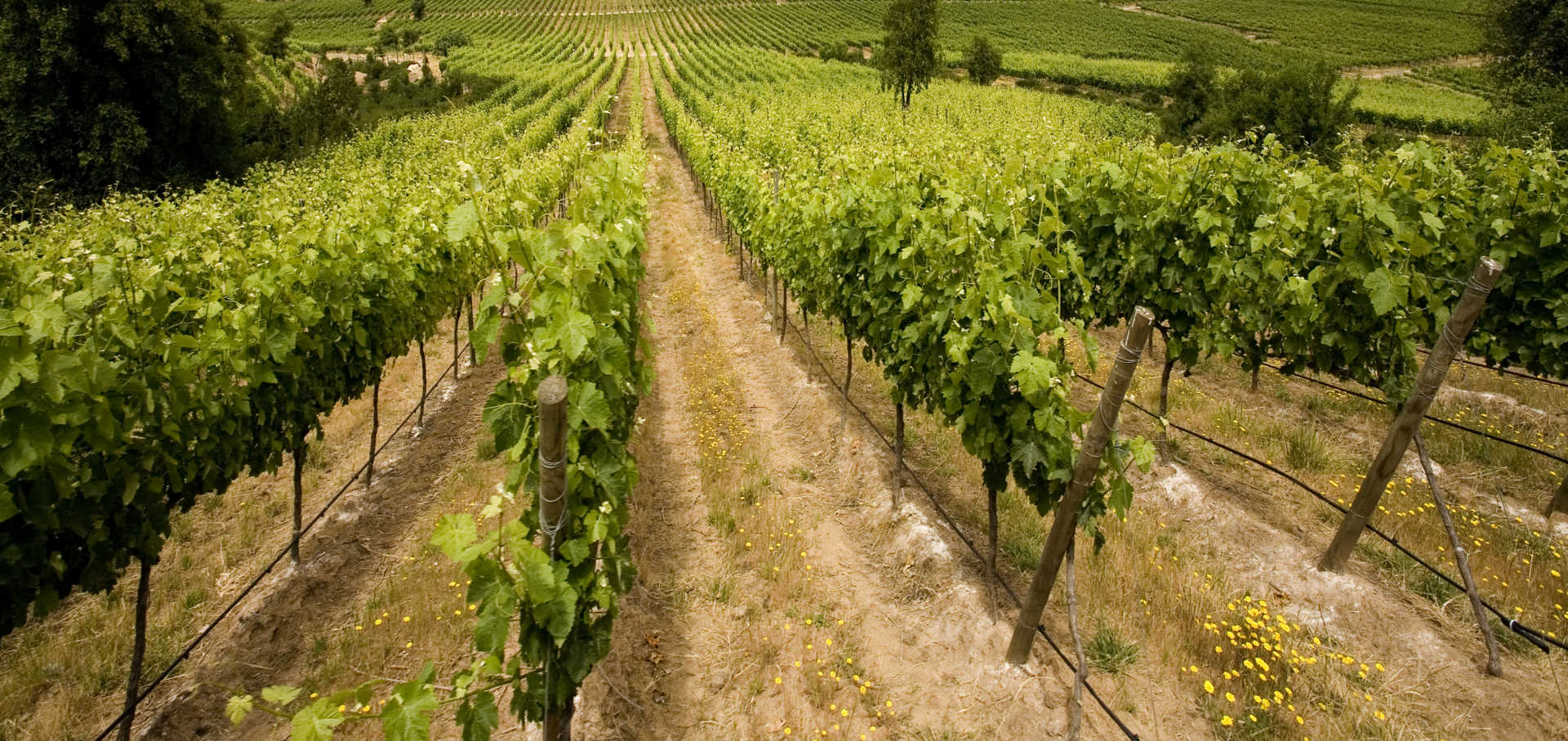Chateau Gruaud Larose 1994

Product Details
Your Rating
Somm Note
Winemaker Notes
63% Cabernet Sauvignon, 25% Merlot, 9% Cabernet Franc, and 3% Petit Verdot.
Other Vintages
2022- Decanter
- Vinous
-
Robert
Parker
- Decanter
-
Robert
Parker -
Jeb
Dunnuck
-
Robert
Parker -
James
Suckling -
Jeb
Dunnuck -
Wine
Spectator -
Wilfred
Wong - Decanter
-
James
Suckling -
Jeb
Dunnuck
-
Jeb
Dunnuck -
James
Suckling -
Wine
Enthusiast - Decanter
-
Robert
Parker
-
Wine
Enthusiast -
James
Suckling - Decanter
-
Robert
Parker -
Wine
Spectator
-
James
Suckling -
Wine
Enthusiast -
Wine
Spectator -
Jeb
Dunnuck -
Robert
Parker
-
Wine
Enthusiast -
James
Suckling -
Wine
Spectator
-
James
Suckling -
Wine
Enthusiast -
Wine
Spectator
-
James
Suckling -
Wine
Enthusiast -
Wine
Spectator -
Robert
Parker
-
Robert
Parker -
Wine
Enthusiast -
Wine
Spectator
-
Wine
Enthusiast -
Wine
Spectator
-
Wine
Enthusiast -
Wine &
Spirits -
Wine
Spectator -
Connoisseurs'
Guide
-
Wine &
Spirits
-
Wine
Spectator
-
Robert
Parker
-
Wine
Enthusiast -
Wine
Spectator -
Robert
Parker
-
Wine
Spectator -
Wine &
Spirits -
Robert
Parker
-
Wine
Spectator
-
Wine
Spectator
-
Wine
Spectator -
Robert
Parker
-
Robert
Parker -
Wine
Spectator
-
Robert
Parker
-
Wine
Spectator
-
Robert
Parker
-
Wine
Spectator


Since the 1980s, Gruard Larose has been held by groups of institutional investors before coming into the hands of the Merlant family in 1997. The vines are in a single block on a rise consisting of deep red gravel. Georges Pauli and his team have been responsible for winegrowing since 1970. Due to their expert care, Gruard Larose's soil is able to express its full potential. The wine is more than ever worthy of its Second Growth status in the 1855 classification.
